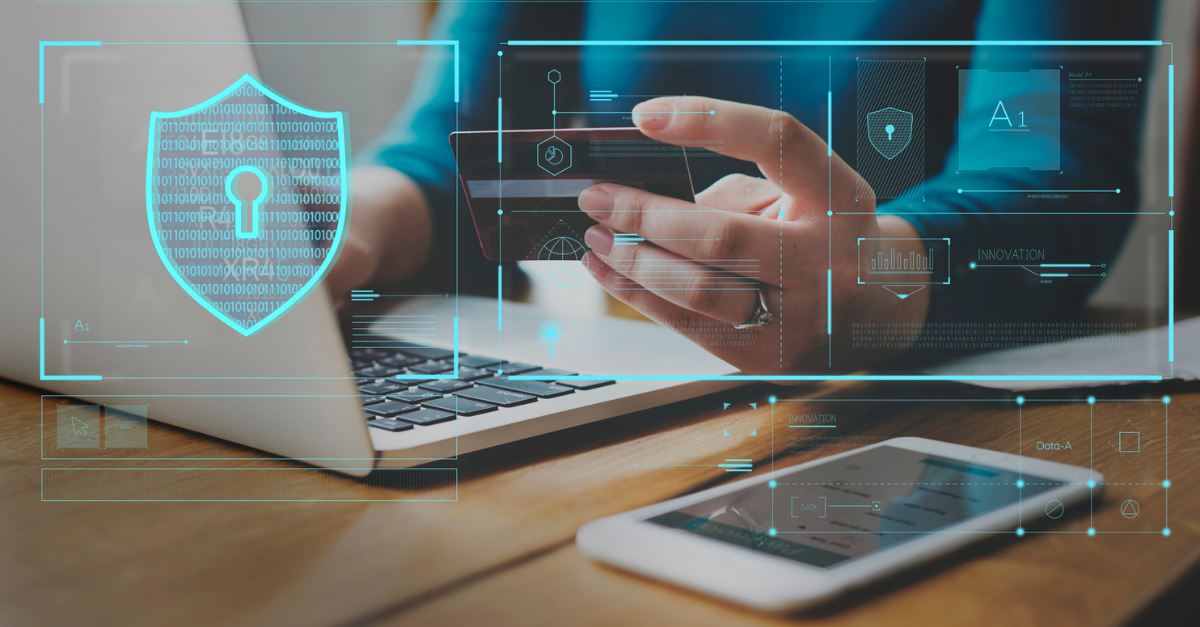What is Digital Identity?
A digital identity can be described as any form of electronic data used to recognise something including a person, object, or service. A digital identity is the online equivalent of a passport. Requiring details about the ‘thing’ that is being identified, the details need to be validated by a third party to authorise the identity. A critical component of a digital identity is trust. That is the current issue with many digital identities available, they have not been vetted and properly verified. Hence the need for digital identities to advance. Depending on the type of identity in question, forms of proof to be able to trust an identity could be a valid certificate on a website, I.D. or smart card that proves you are a citizen of a certain jurisdiction, or as simple as a verified email address.
Often authentication and identity are confused. For example, everyone who has a Twitter account has a login and password, these details are the authentication for their account. Up until recently when an account possessed a blue tick this was effectively the identity, the person of note had been verified to be who they claimed by twitter – that is the identity. However, that was altered, and users could instead pay to be verified and receive the blue tick, unsurprisingly this resulted in many impersonator accounts causing havoc on the platform. Which again reflects the need for proper verification to establish trust when it comes to identities.
The Current State of Digital Identity
Our digital lives are continuously expanding, many services which took place physically are now completed online. Depending on the type of service whether it is banking, accessing your government account or online shopping - data is held on users. This could be passport details or your username. Therefore, each digital identity is maintained by an array of different companies, the information is not consolidated or within user’s control. This is an issue which is currently on our door step and will become more prevalent, particularly with eIDAS 2.0 on the horizon, and other upcoming regulations which could force the issue.
How will Digital Identity Evolve?
The evolution of digital identities is complex, it is contingent on the amount of information required and who is driving the changes – users or organisations. Hence the question arises for organisations: how much data should be collected to verify an identity? Collecting and storing data produces its own challenges, from maintenance and protection to ensuring it is destroyed when no longer required. The reality is, change will most likely come from users, and the key theme here will be ease of use and simplicity.
So, what does the future of digital identity look like? Google and Facebook currently offer the ability to login to certain sites and services through their platforms on which you have already been verified. A concept much like this could be the framework upon which digital identity is built. People don’t want to apply to three banks and verify their identity with each one. They would rather verify themselves through one centralised account. There is a push pull between centralization and decentralization of data, with blockchain as an alternative to centralized sources, but not without its own challenges.
Watch the Identity Webinar!
This is a brief peek into digital identities and the possibilities of how they could advance in the future. For the full rundown join our experts David King, Chief Innovation Officer, Laurence Pawling, VP of Global Operations and Michelle Davidson, Content Marketing Manager as they continue the discussion in our webinar: Beyond Twitter – What is the Future of Identity Verification?







